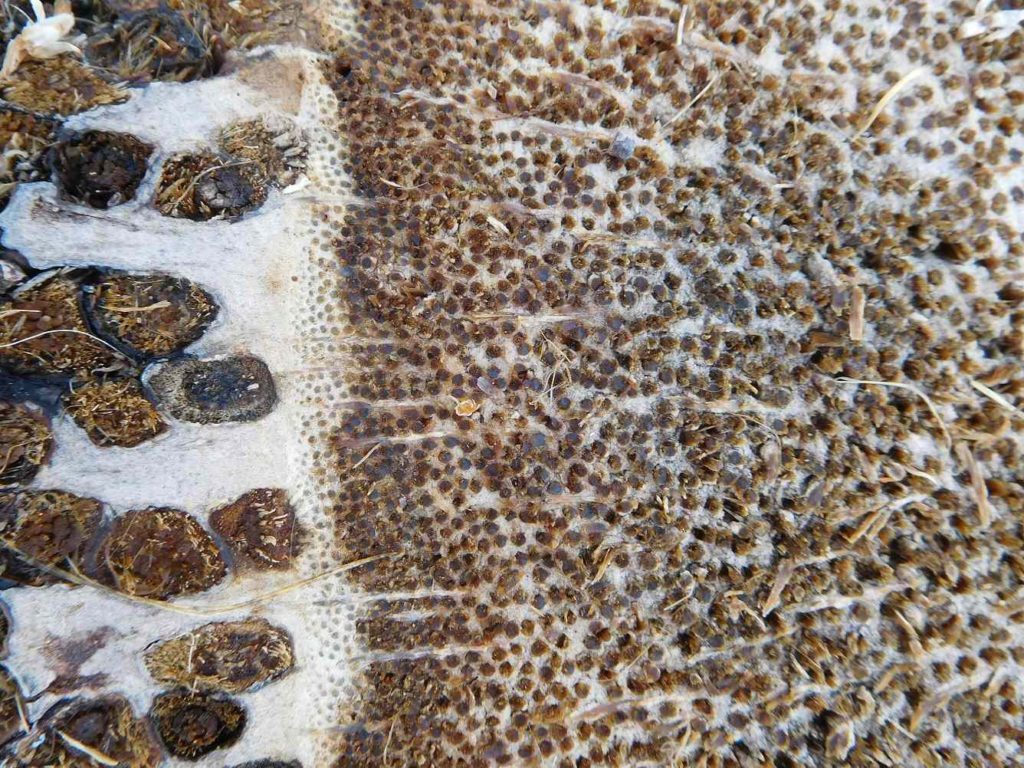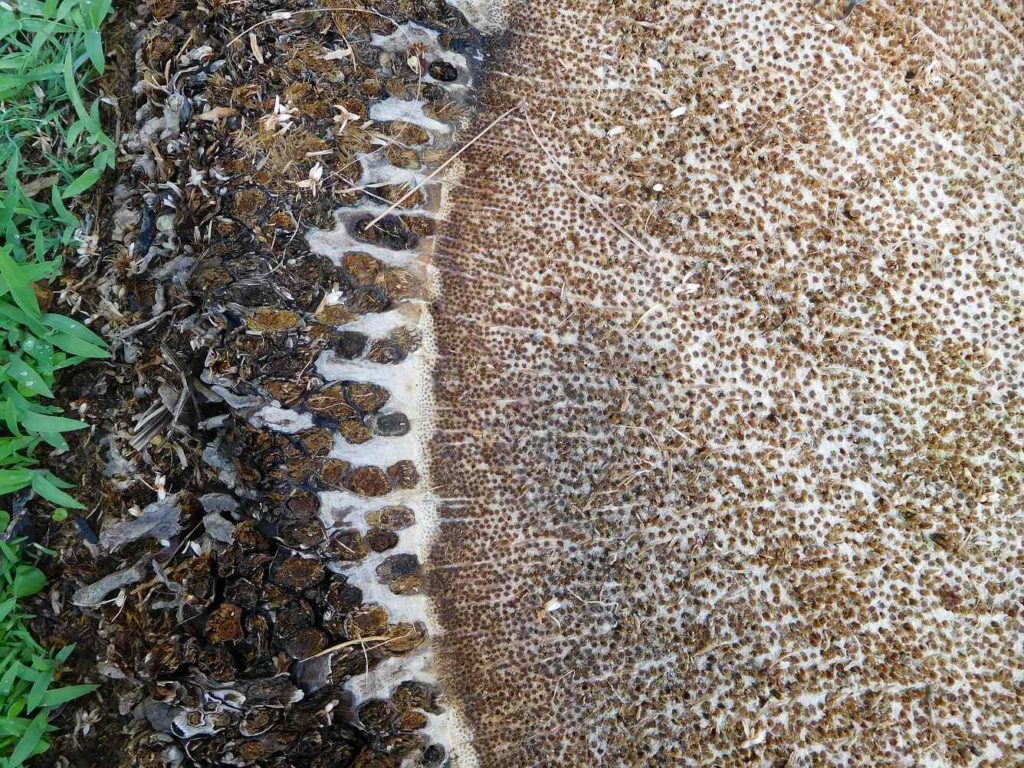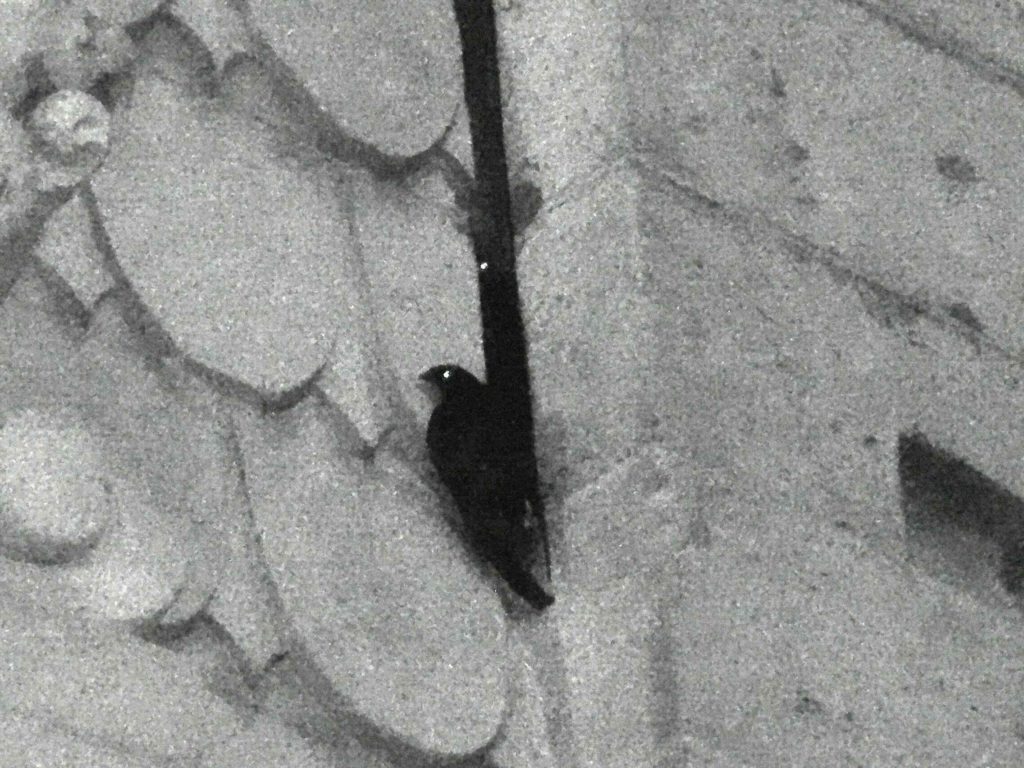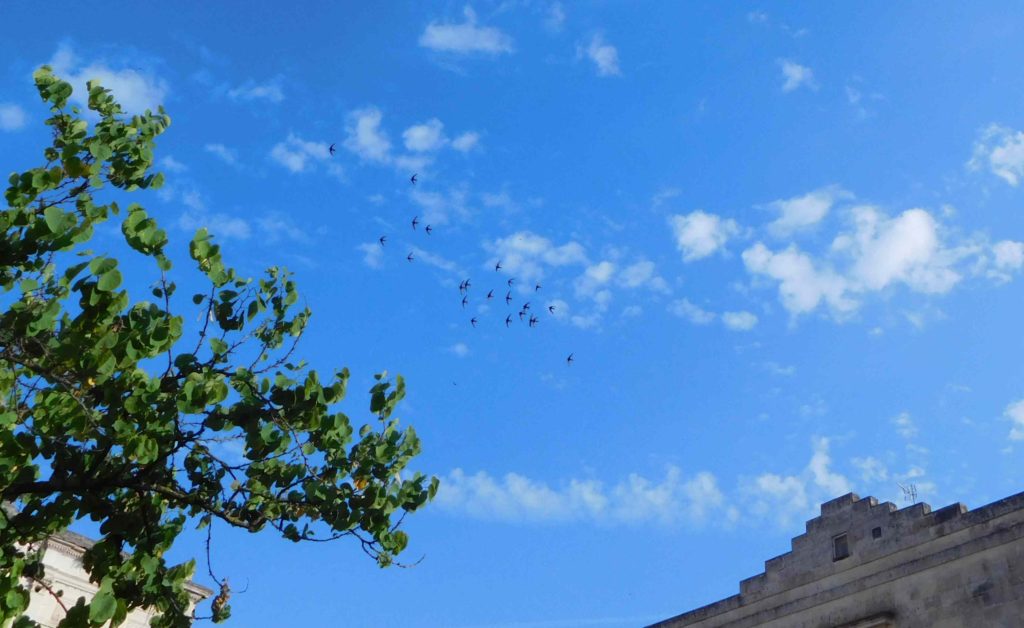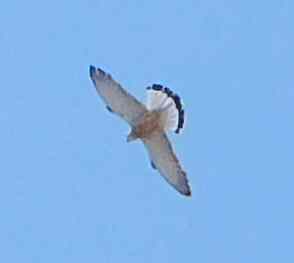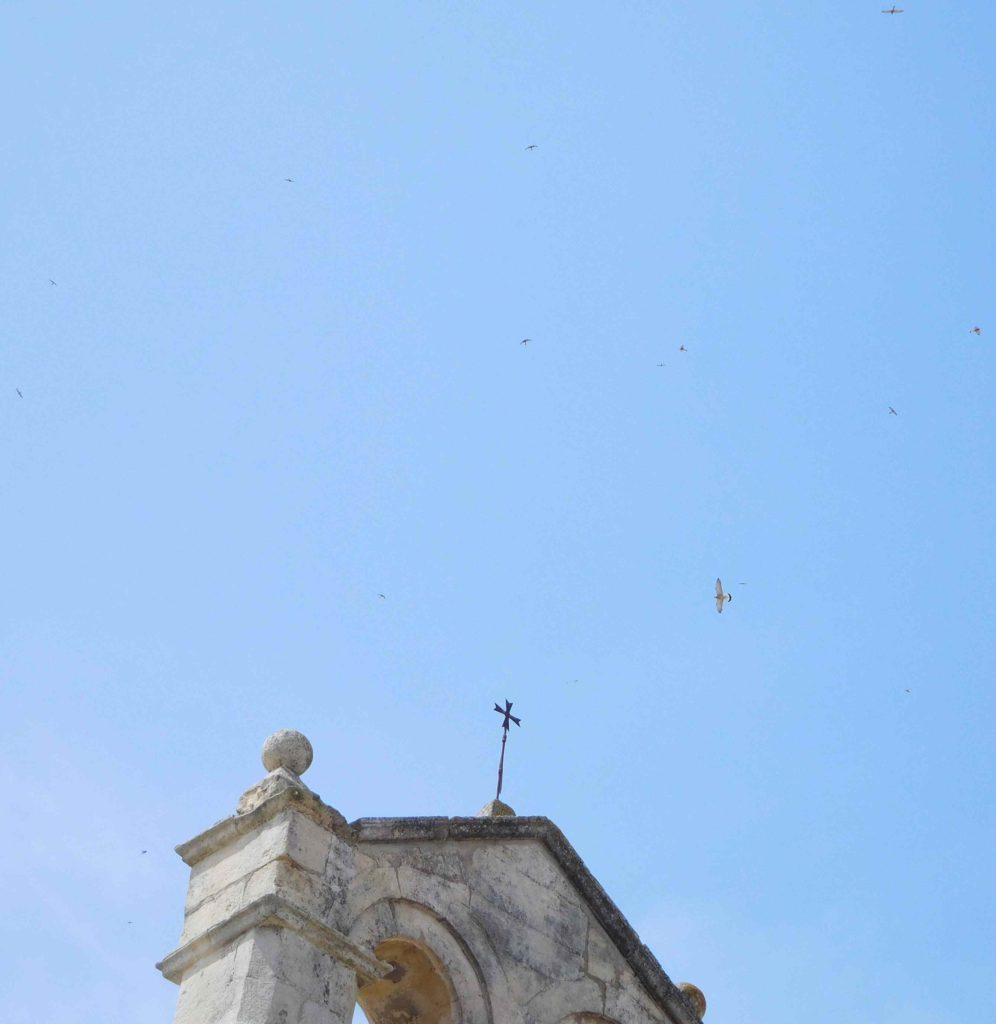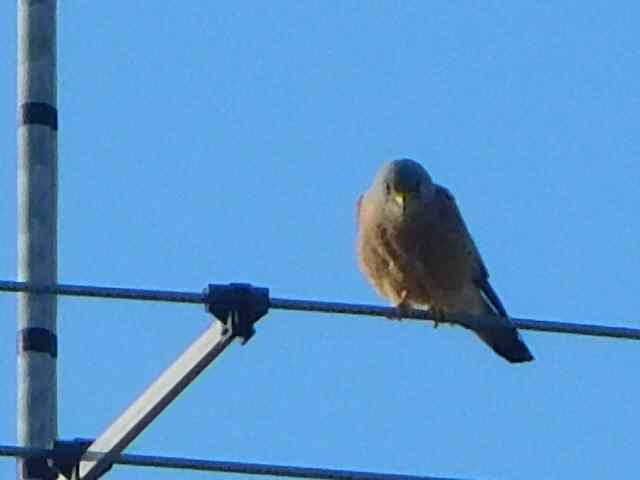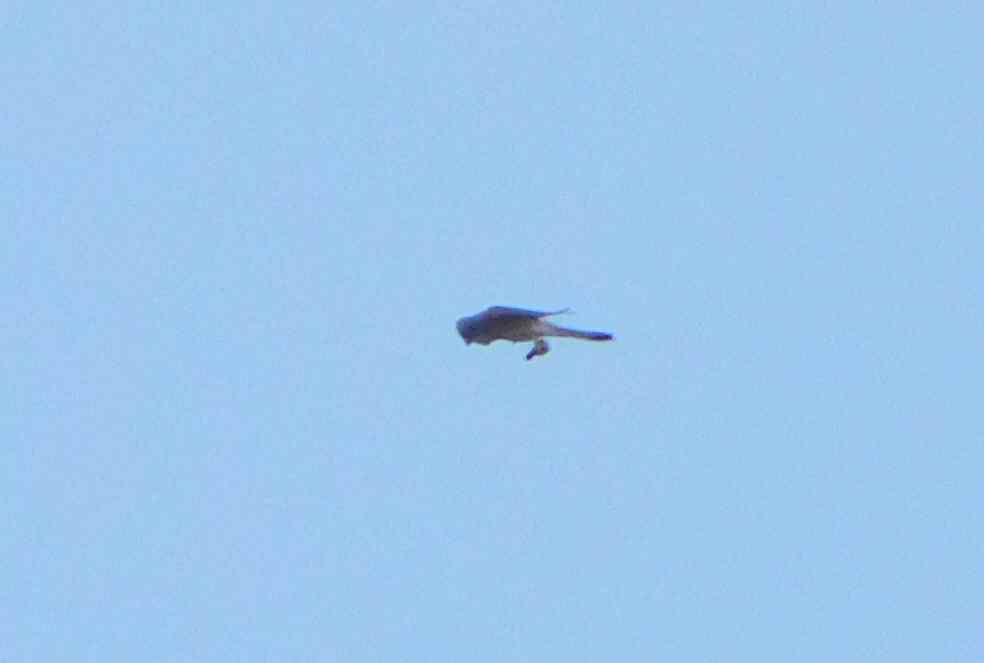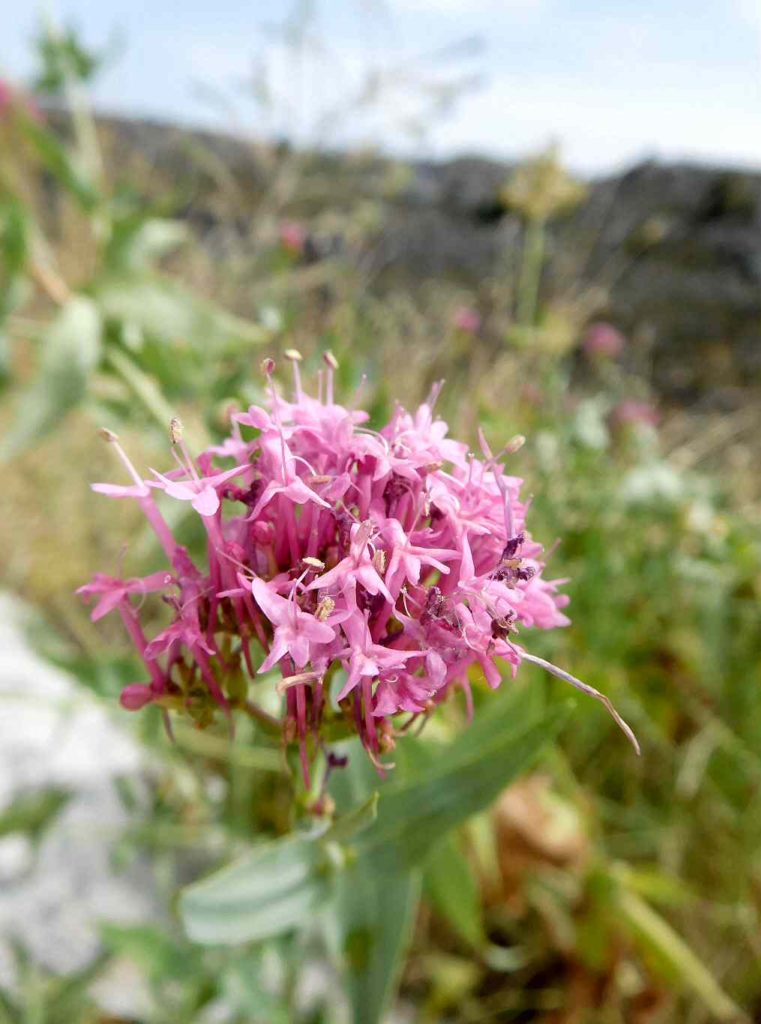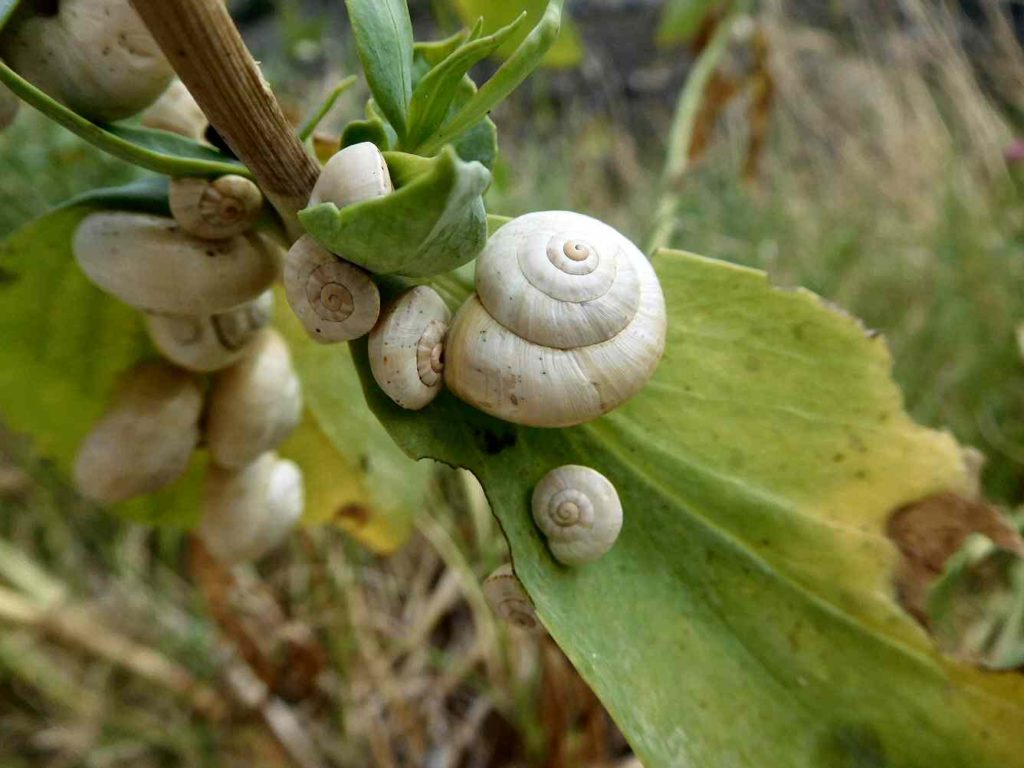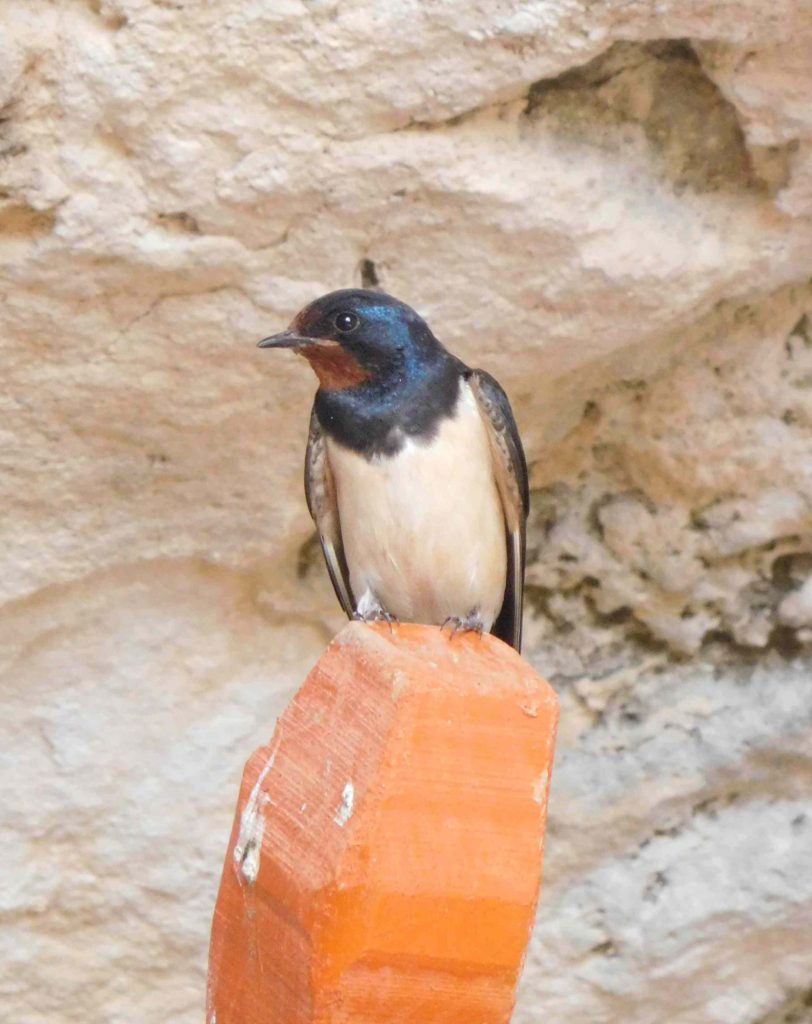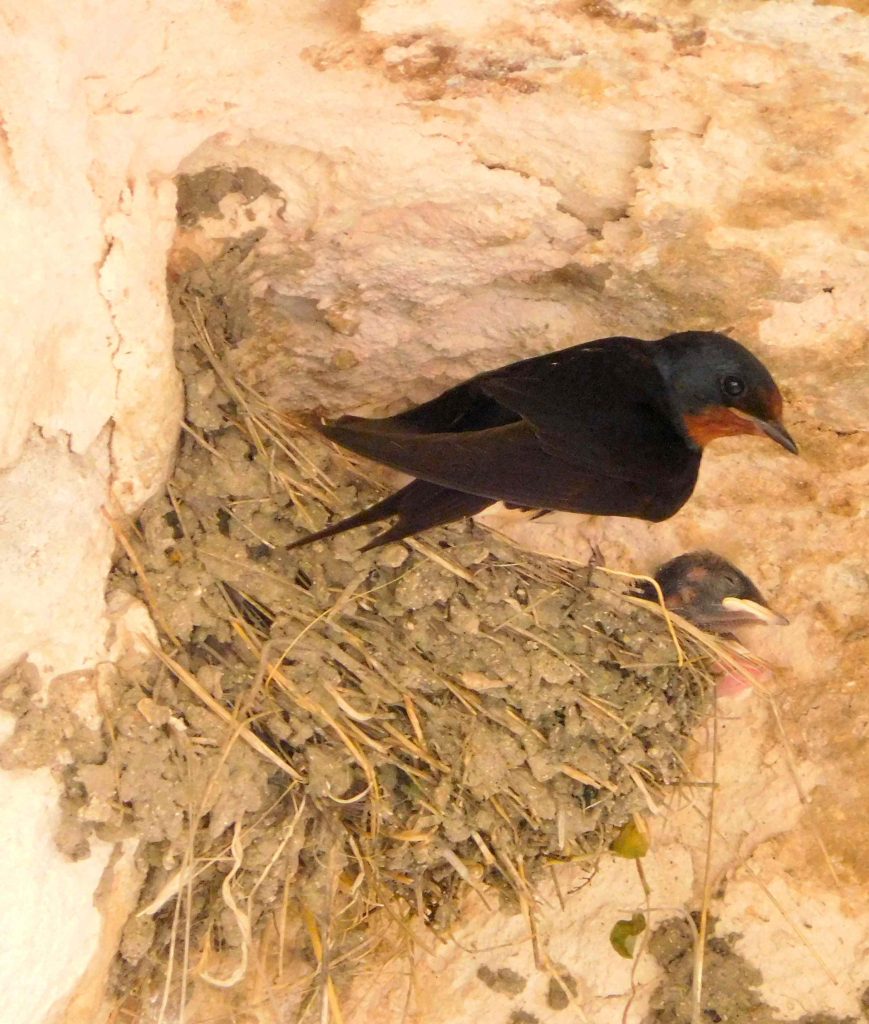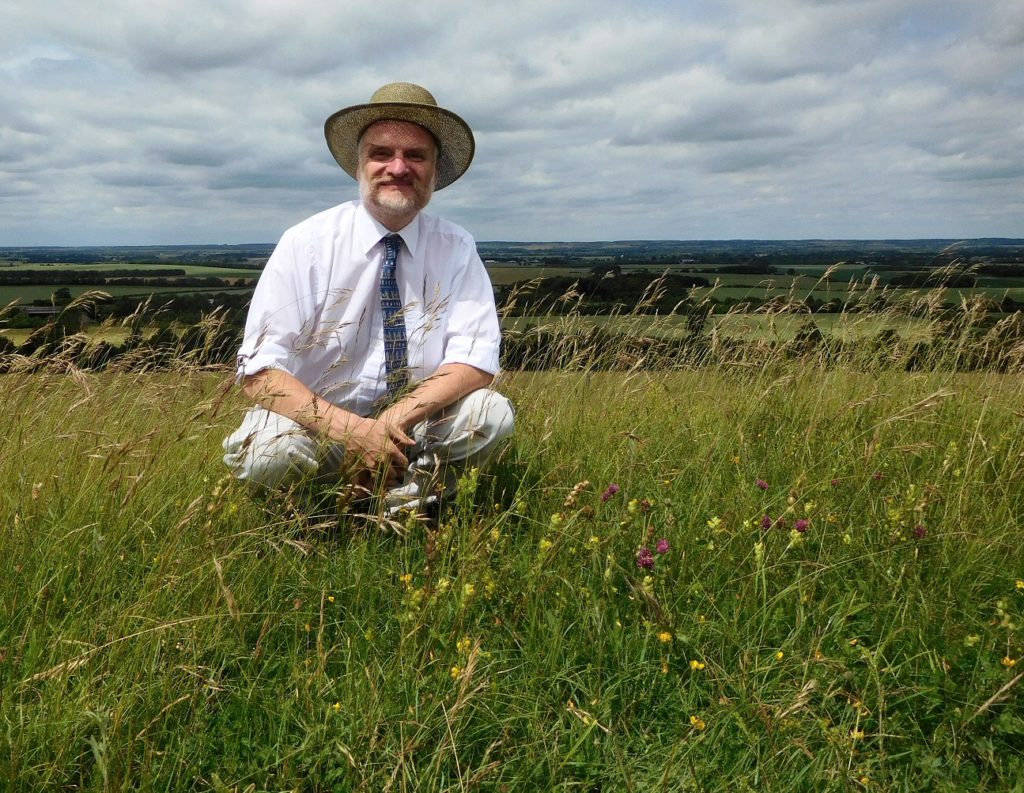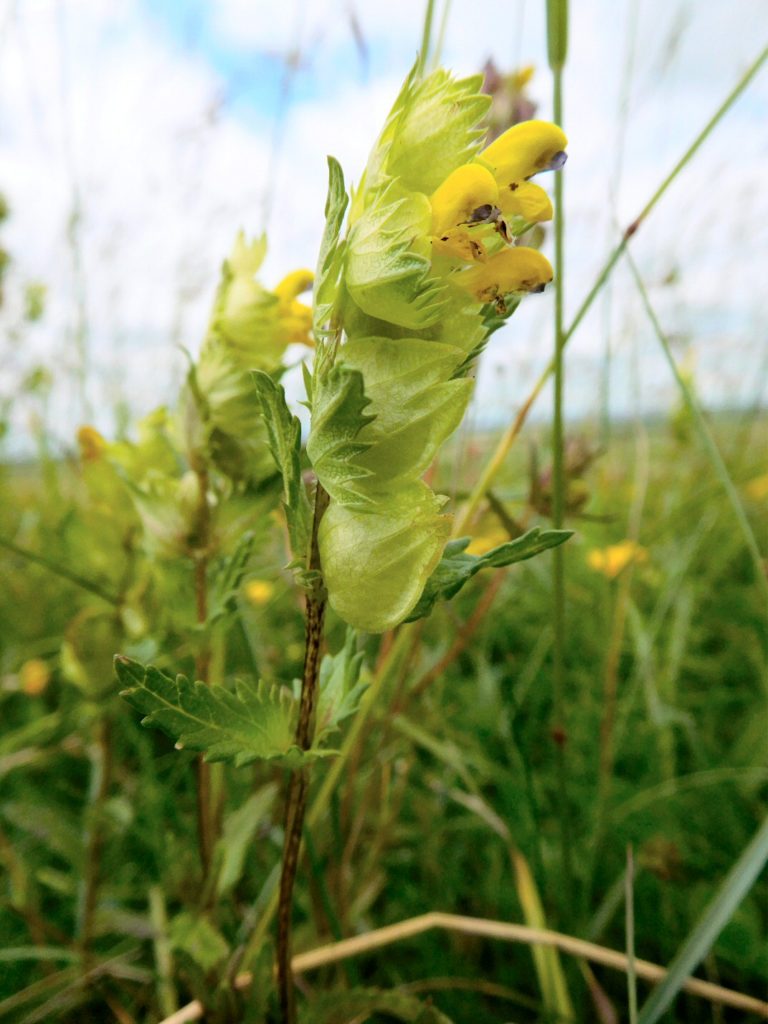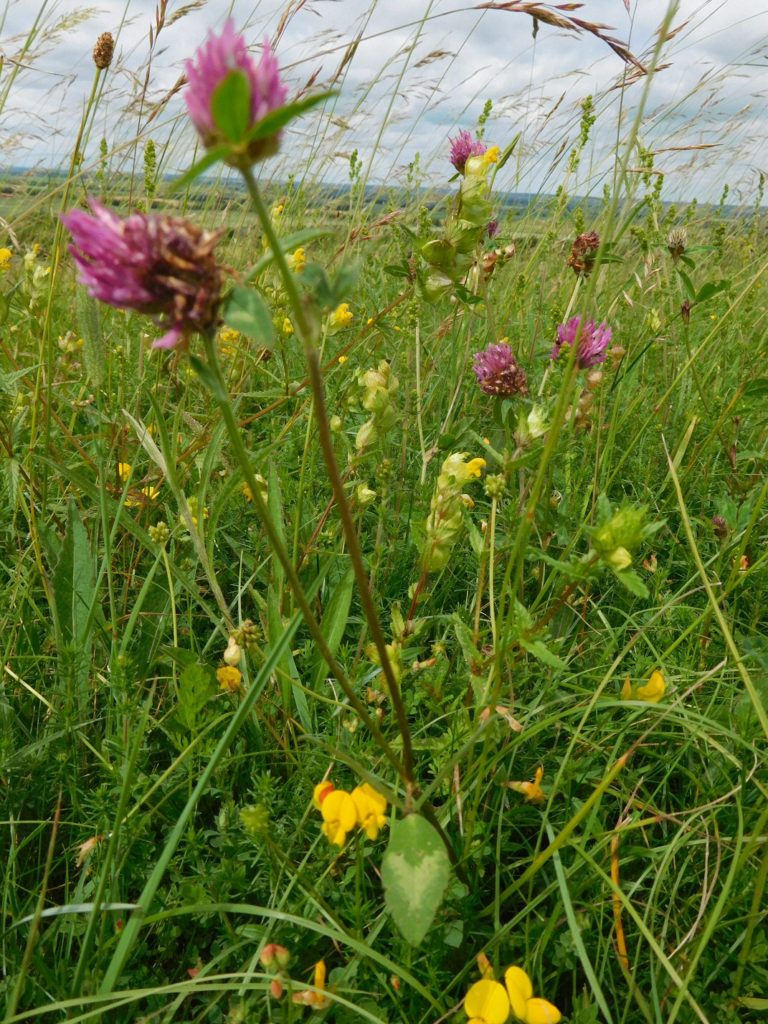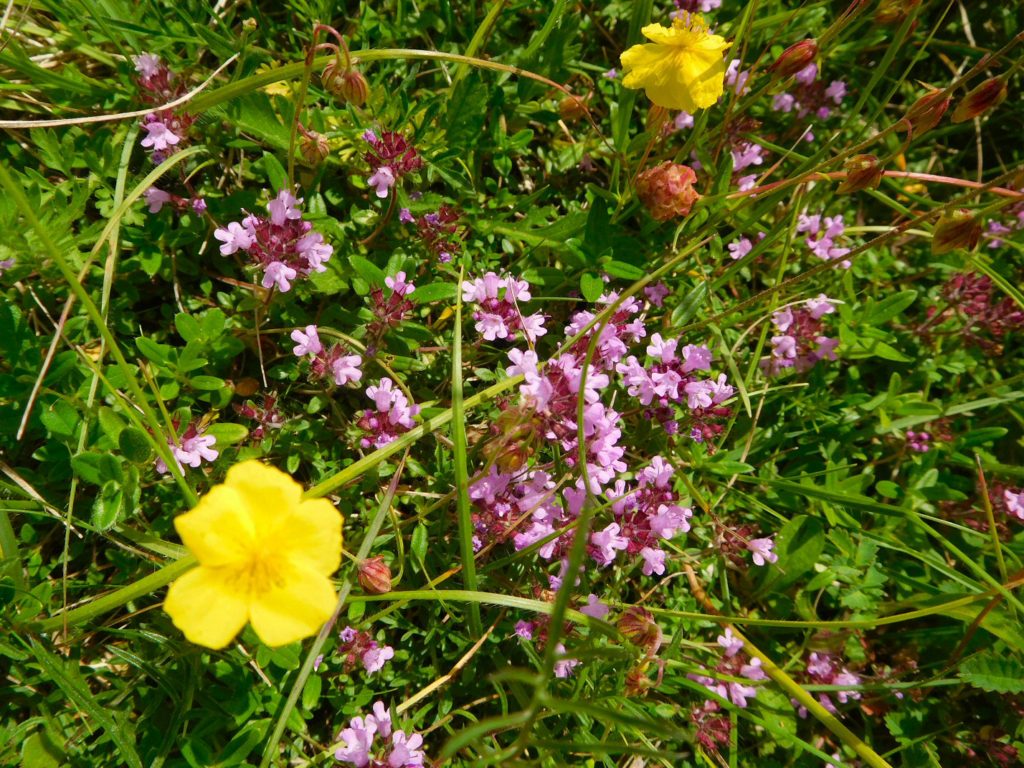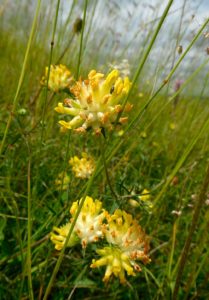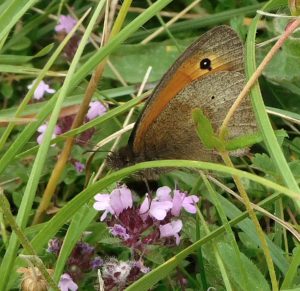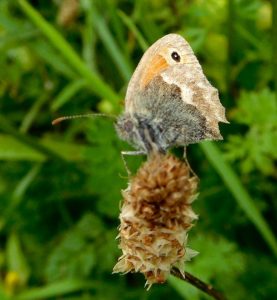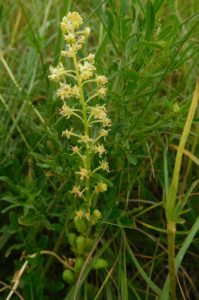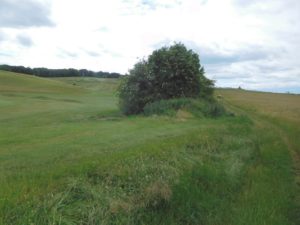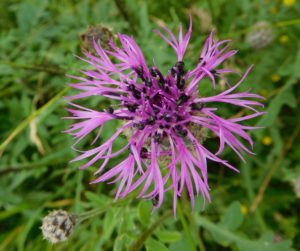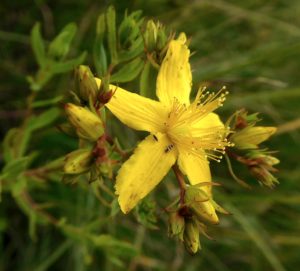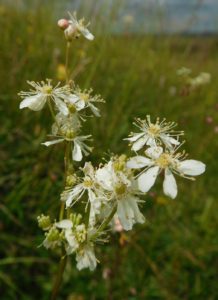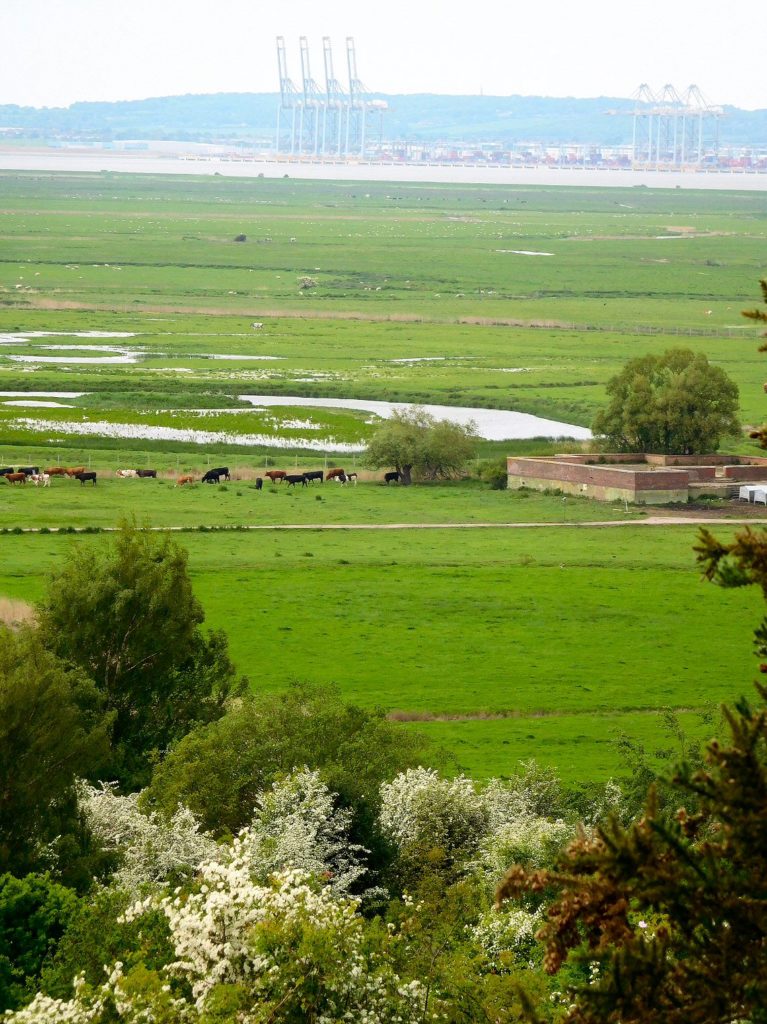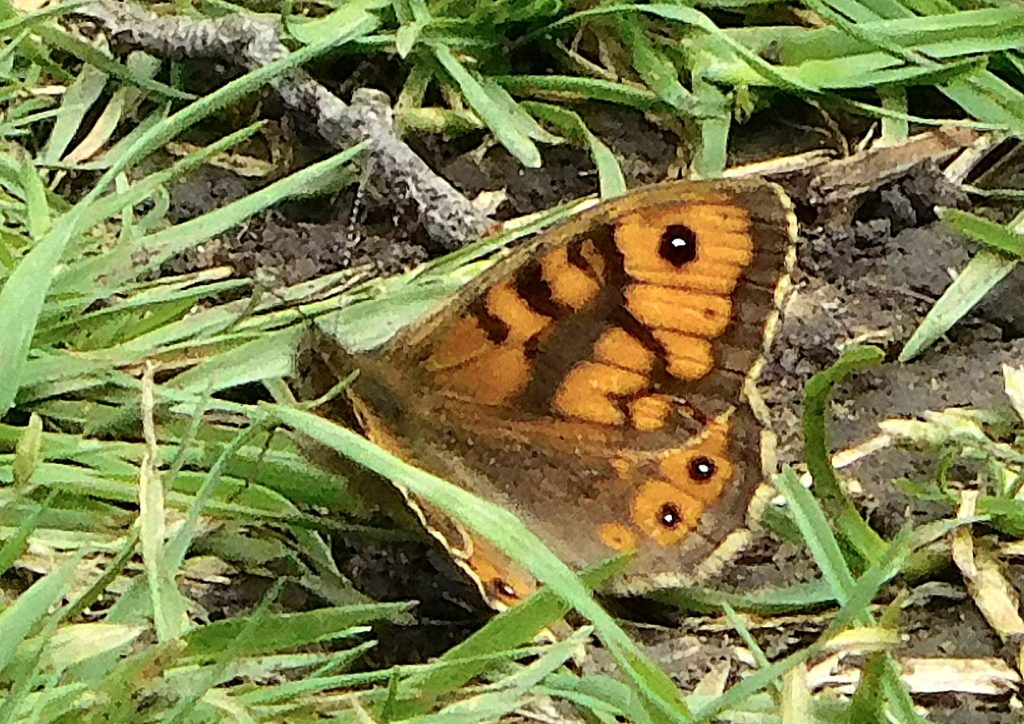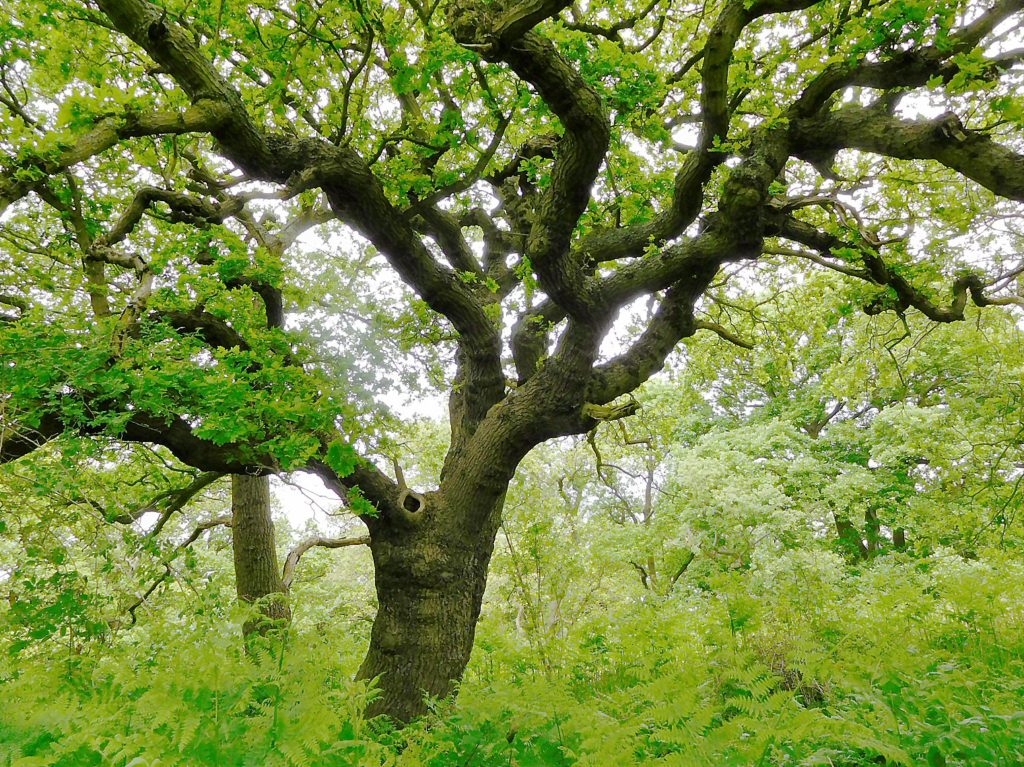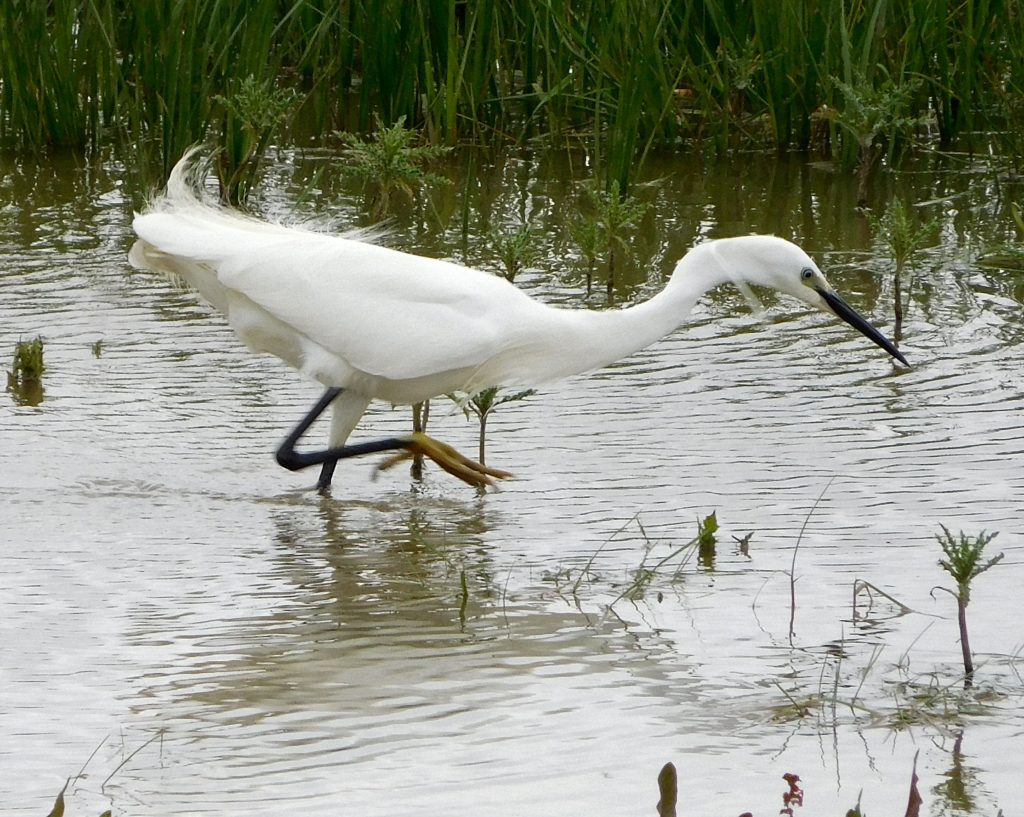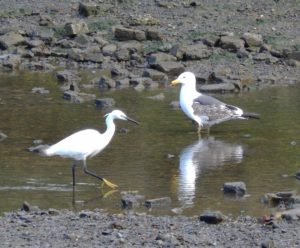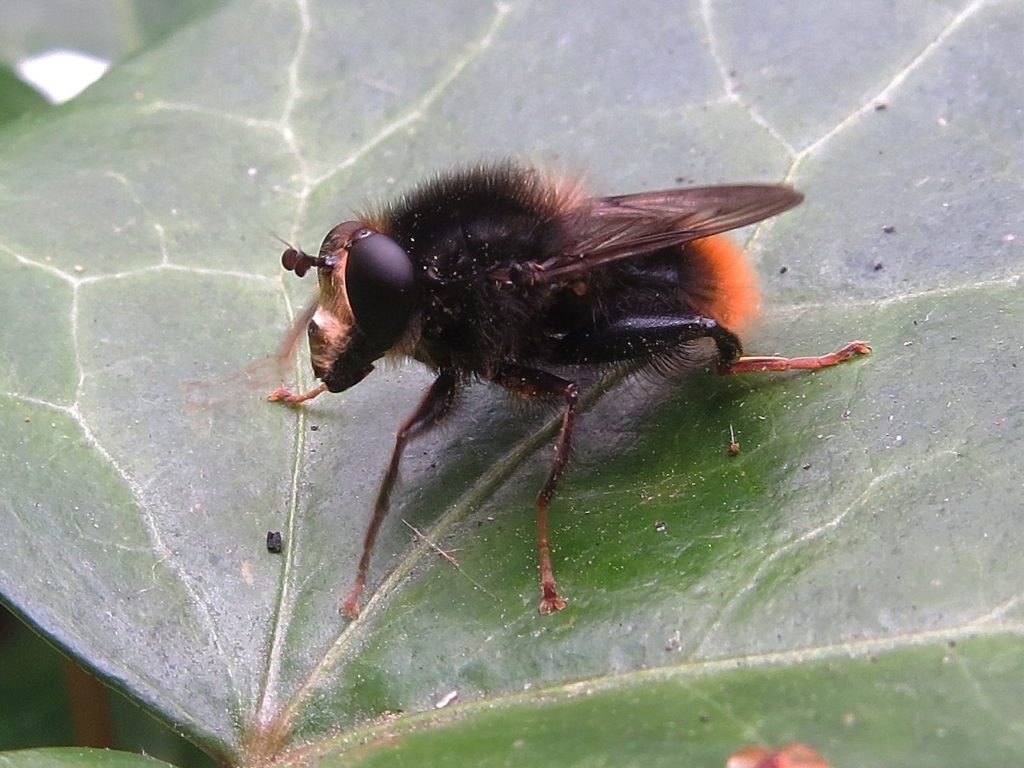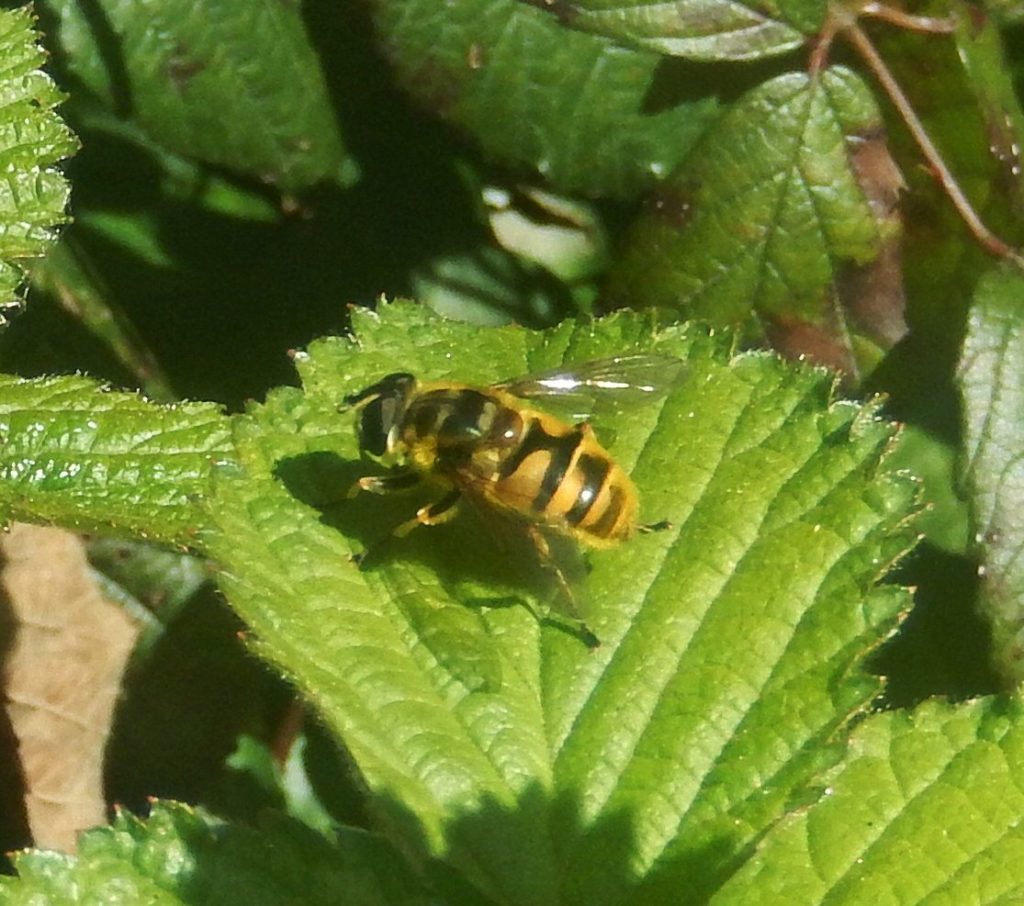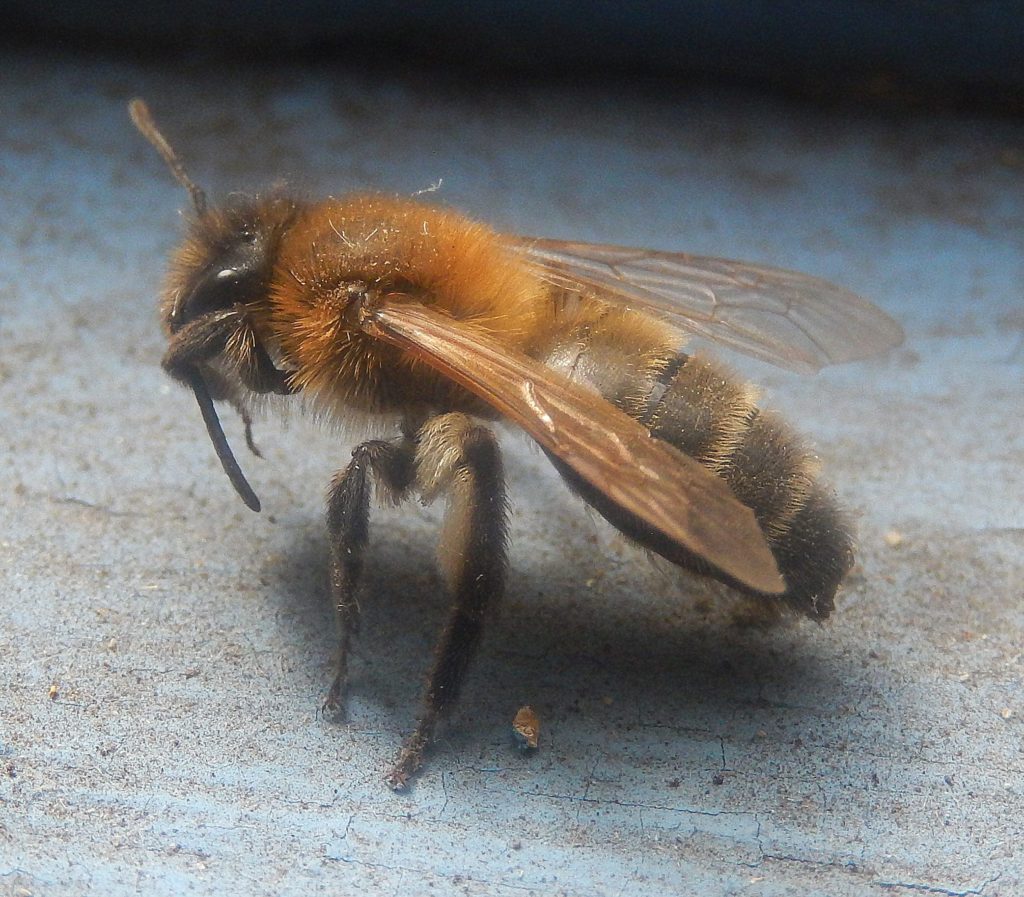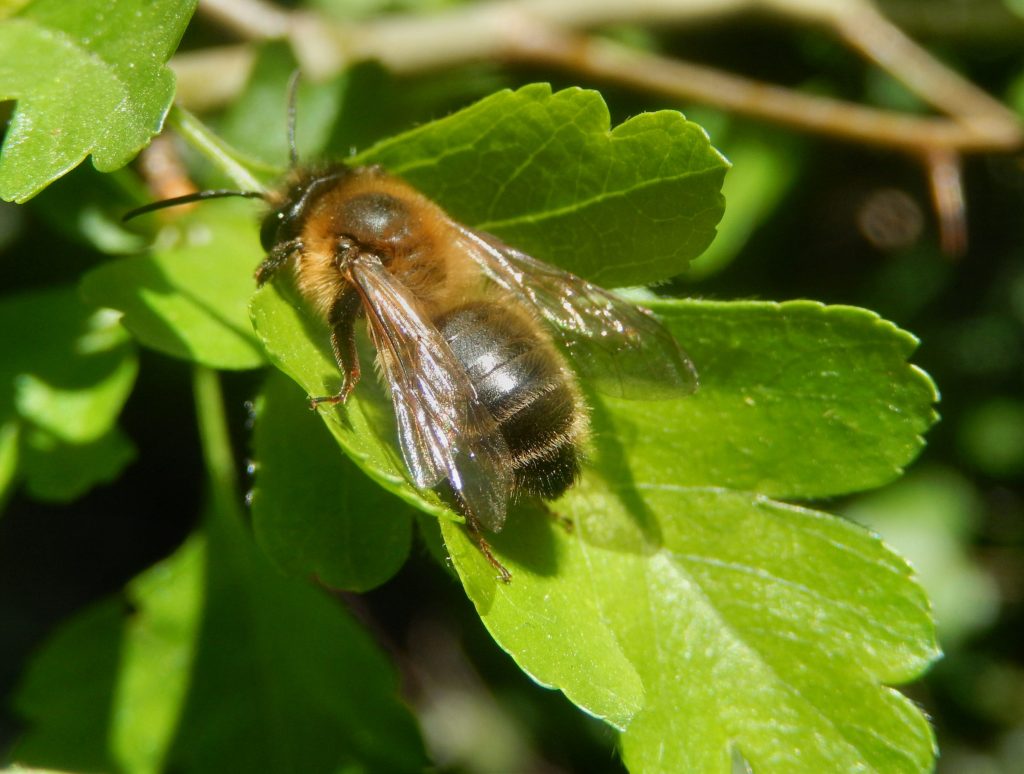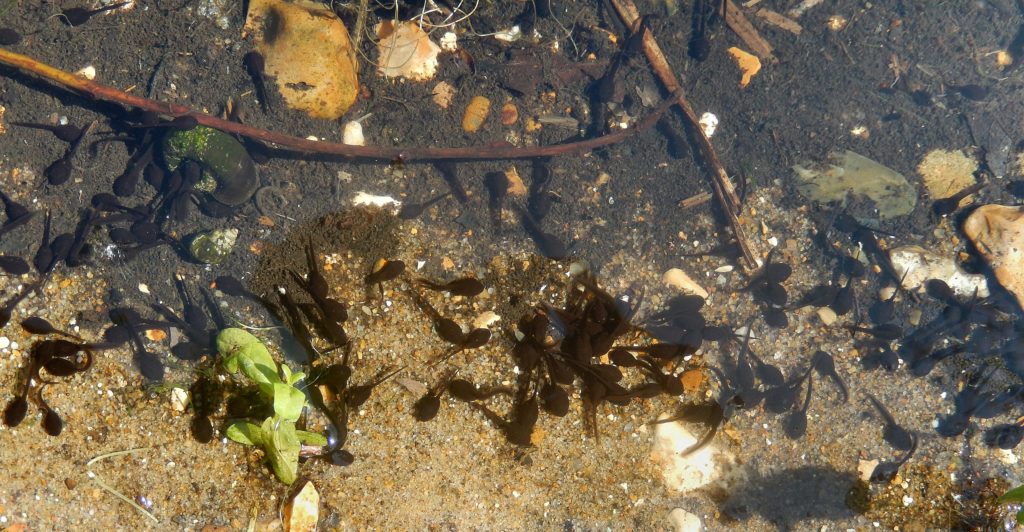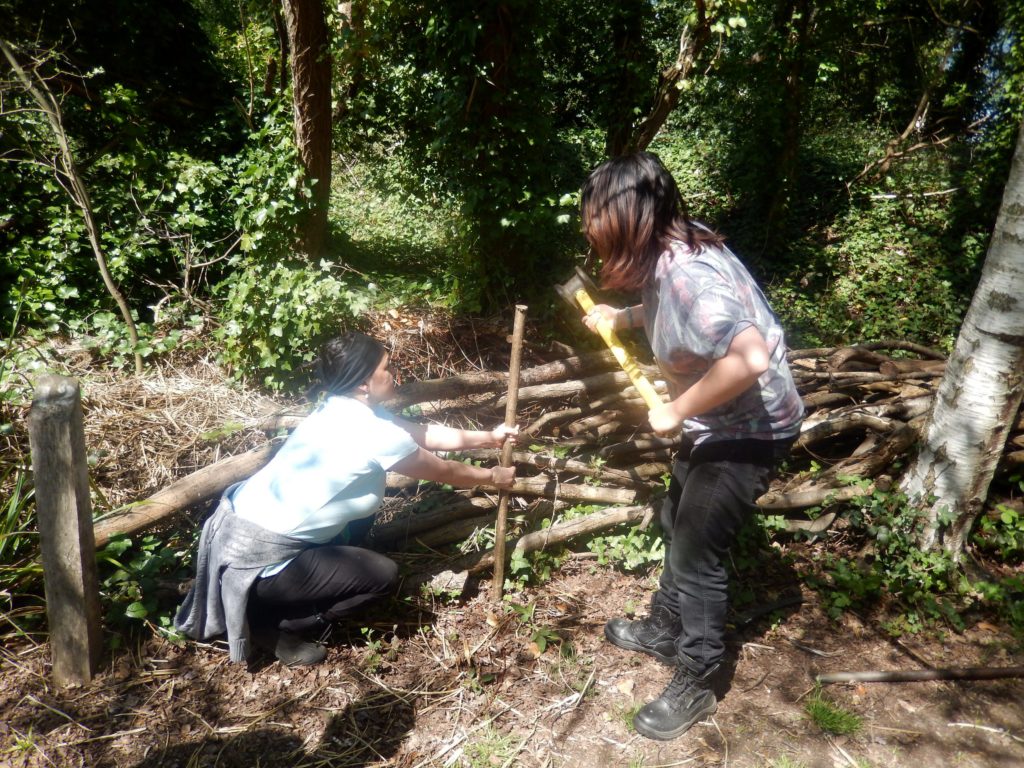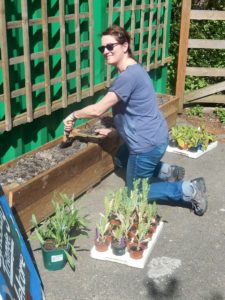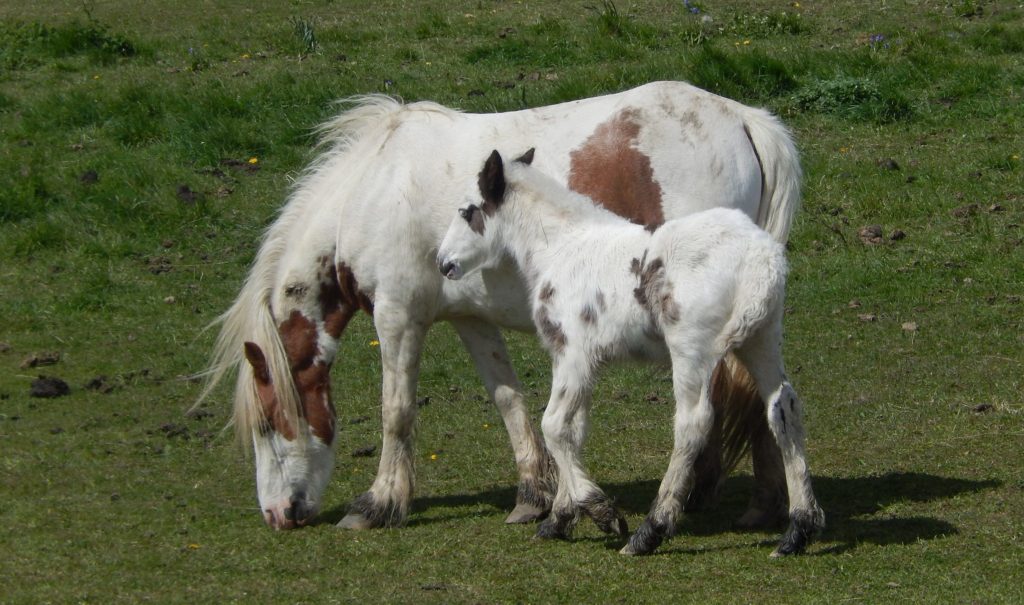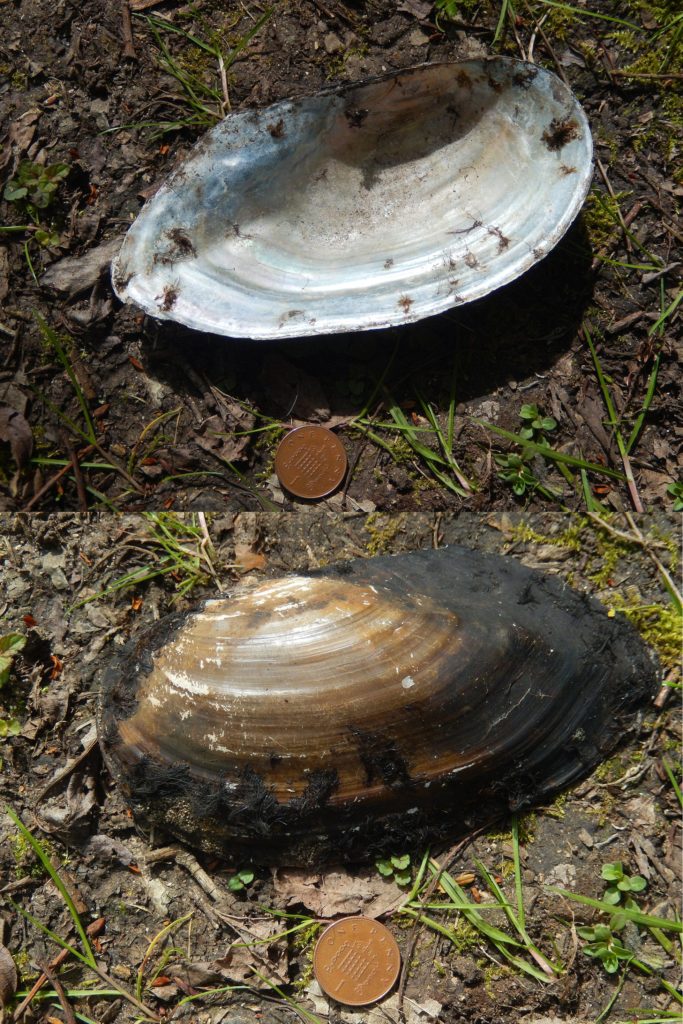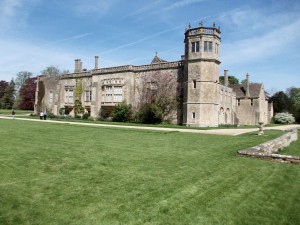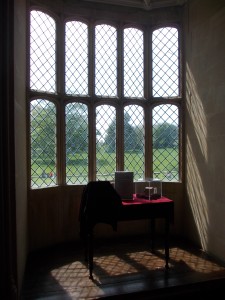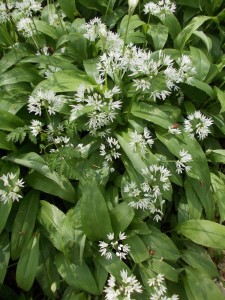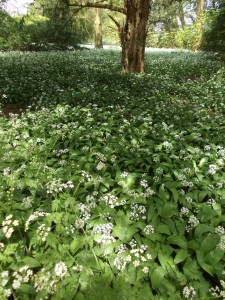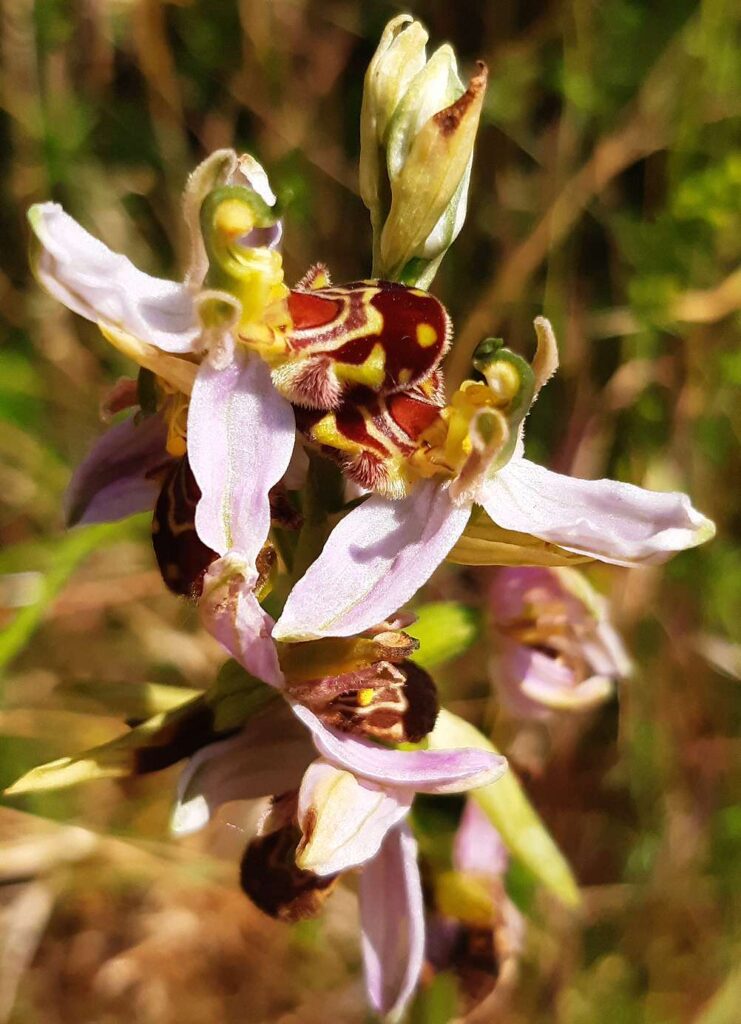
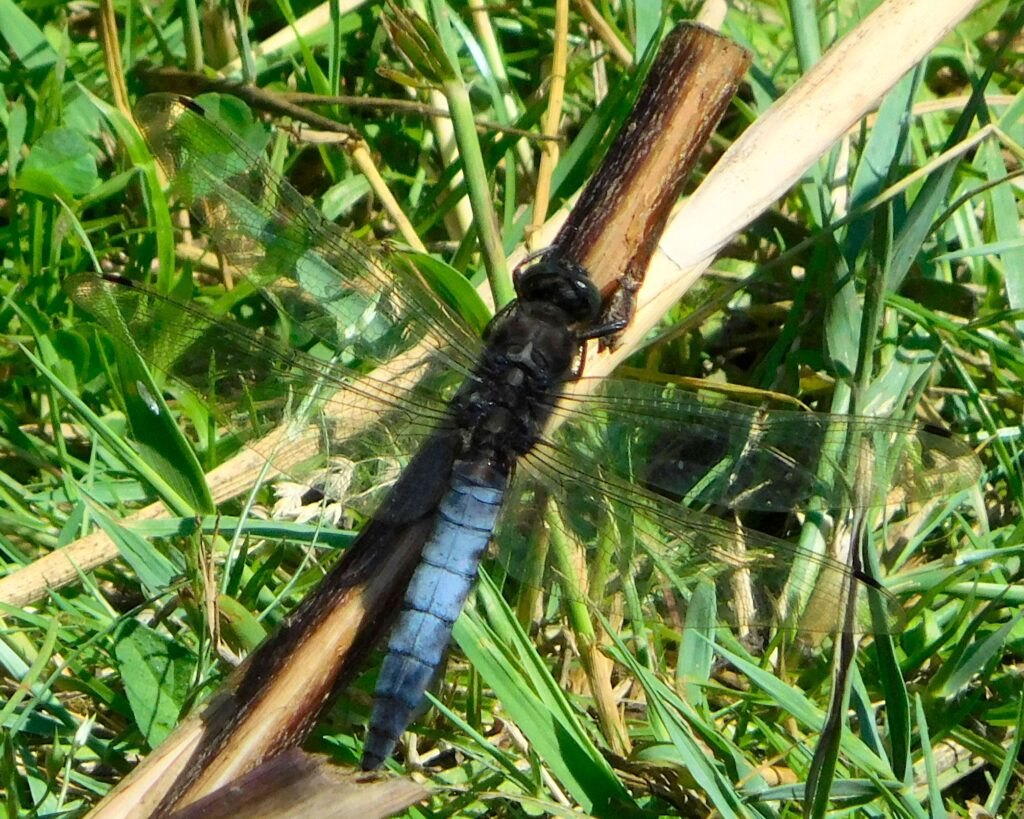
The whole of the wetland was sparkling with Emperor Dragonflies patrolling the pools: a few females laid eggs by Water-Lilies, the males occasionally chasing prey, or a rival. The margins were full of Azure Damselflies, nearly all males: I saw one pair in wheel formation.
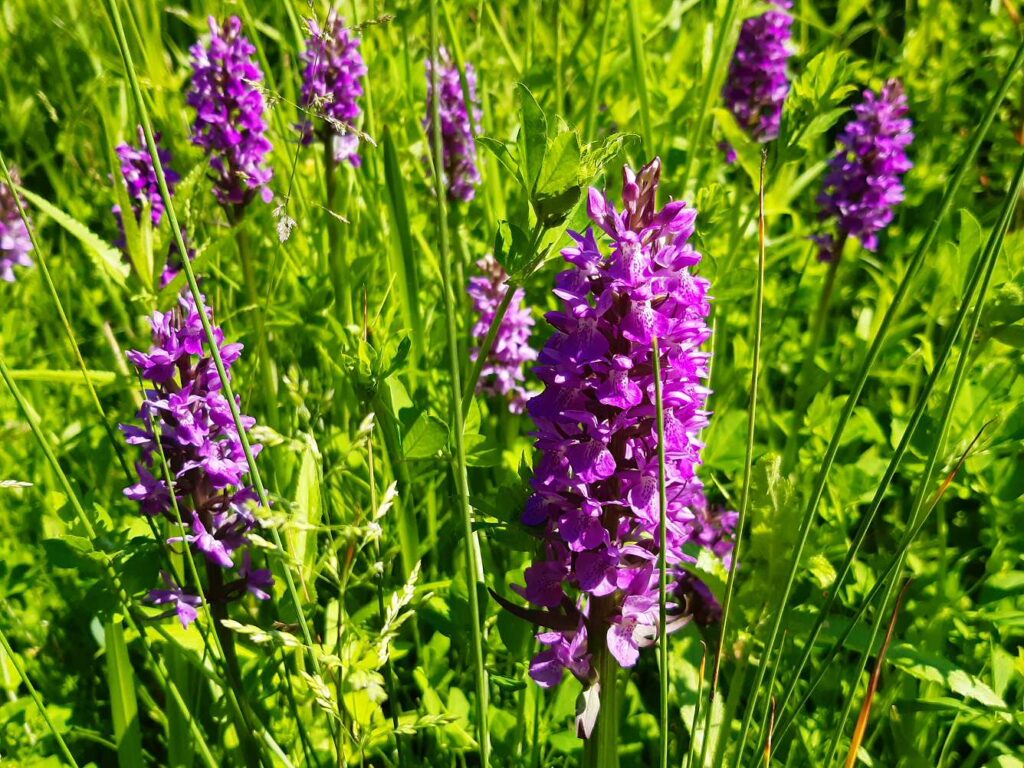
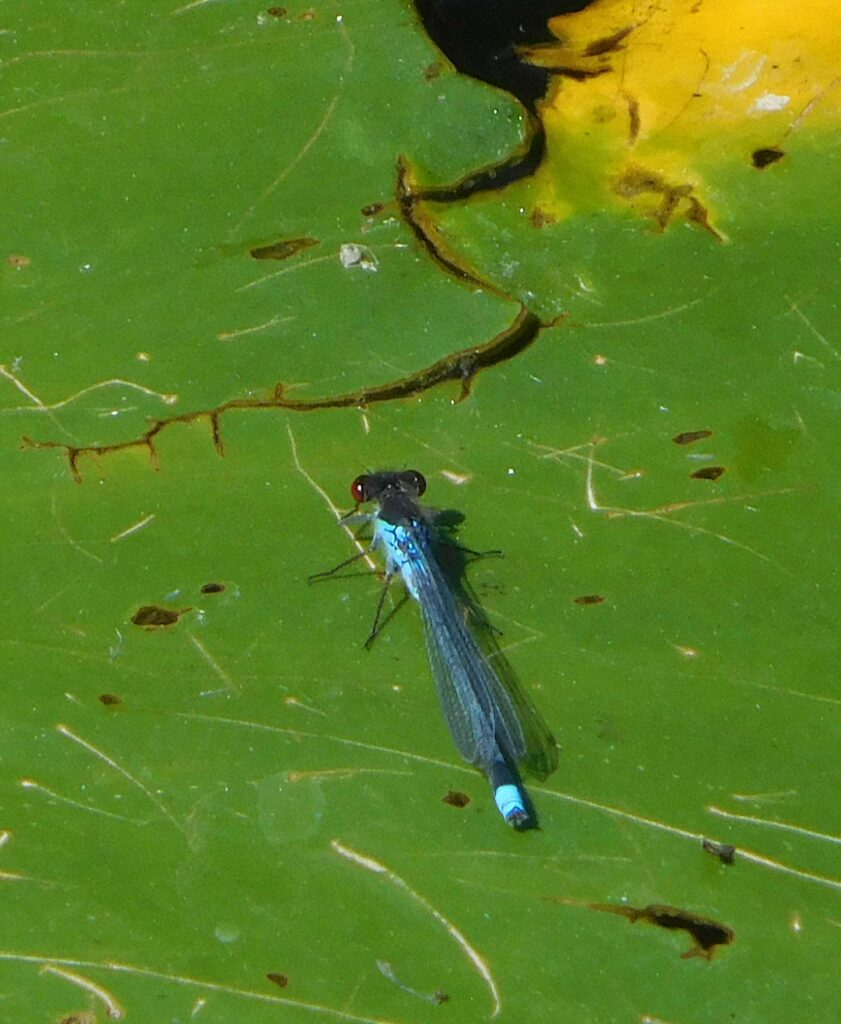
Several Red-Eyed Damselfly males displayed on lily-pads, chasing off rivals; occasionally an Azure came by too. Over one or two of the smaller pools, a Hairy Dragonfly patrolled; one of them had an aerial tussle with a similarly-sized red dragonfly, I think a Common Darter.
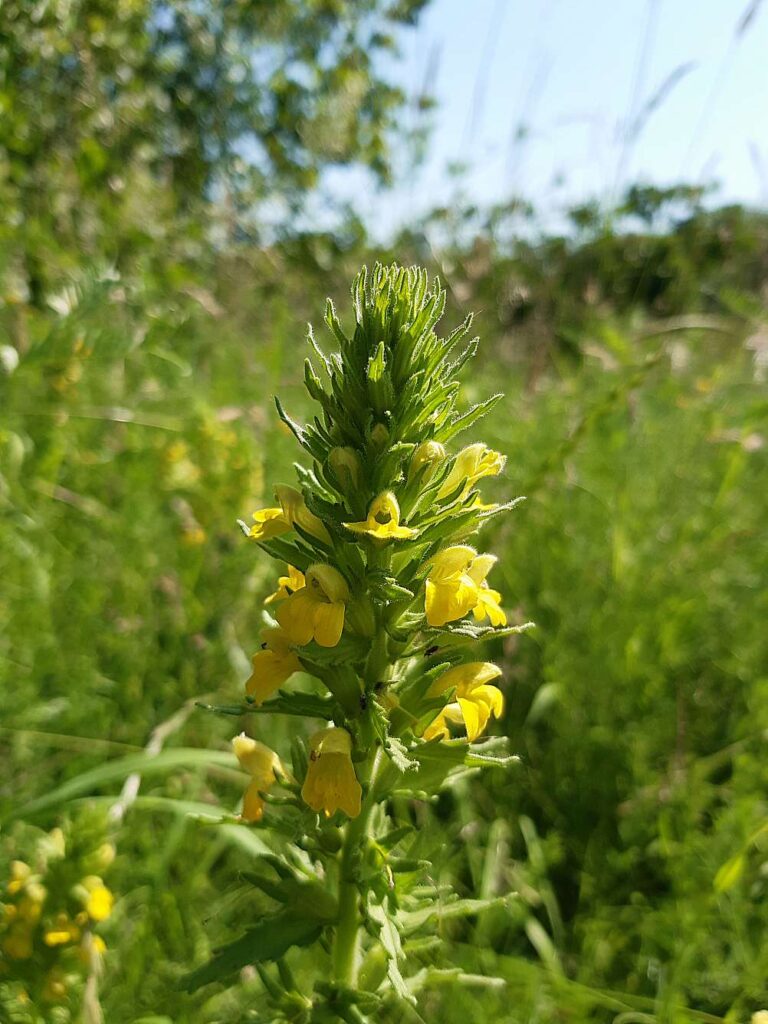
Overhead, quite a few Sand Martins caught insects over the water (well, the Wetland Centre does sport West London’s only Sand Martin bank, an artificial river cliff), along with a few Swifts, and I think exactly one Swallow … it feels as if something terrible has happened to these populations. They have to migrate across the Sahel, the Sahara, the Mediterranean, and numerous populations of hungry village boys and keen shooters, so it’s something of a miracle there are any left: and that’s not even speaking about climate change.
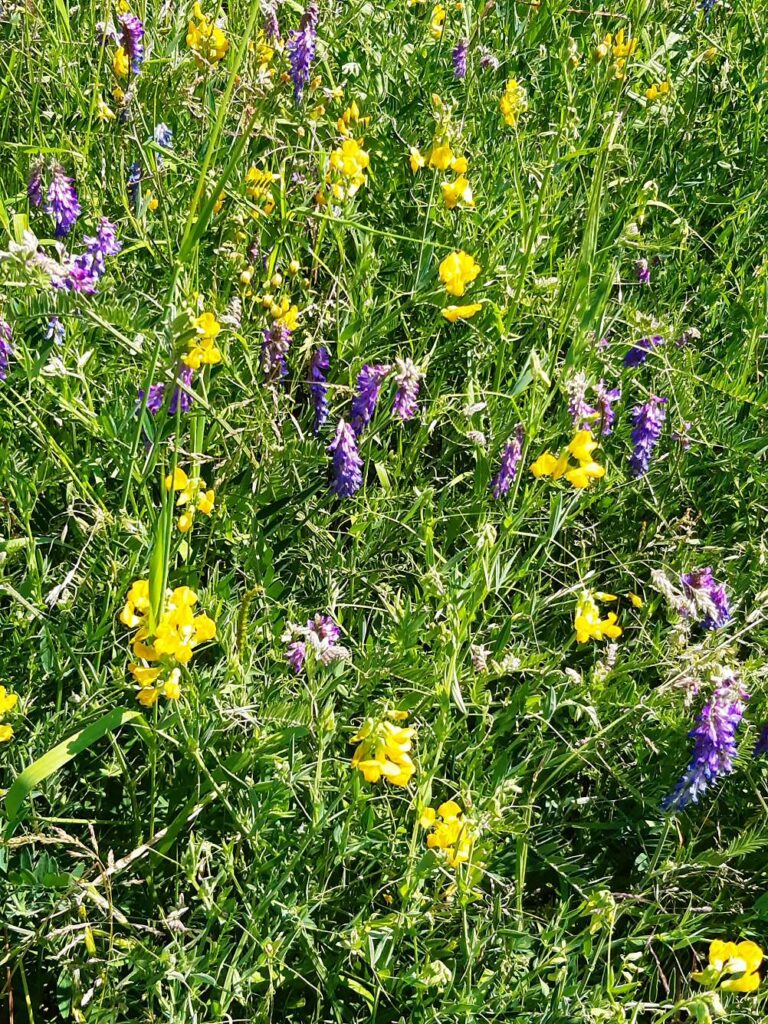
A couple of Common Terns, presumably those breeding on the Wetland Centre’s lake islands, made their bright and cheery waterbird calls as they wheeled about, searching for glimpses of tiny fish to dive in and catch.
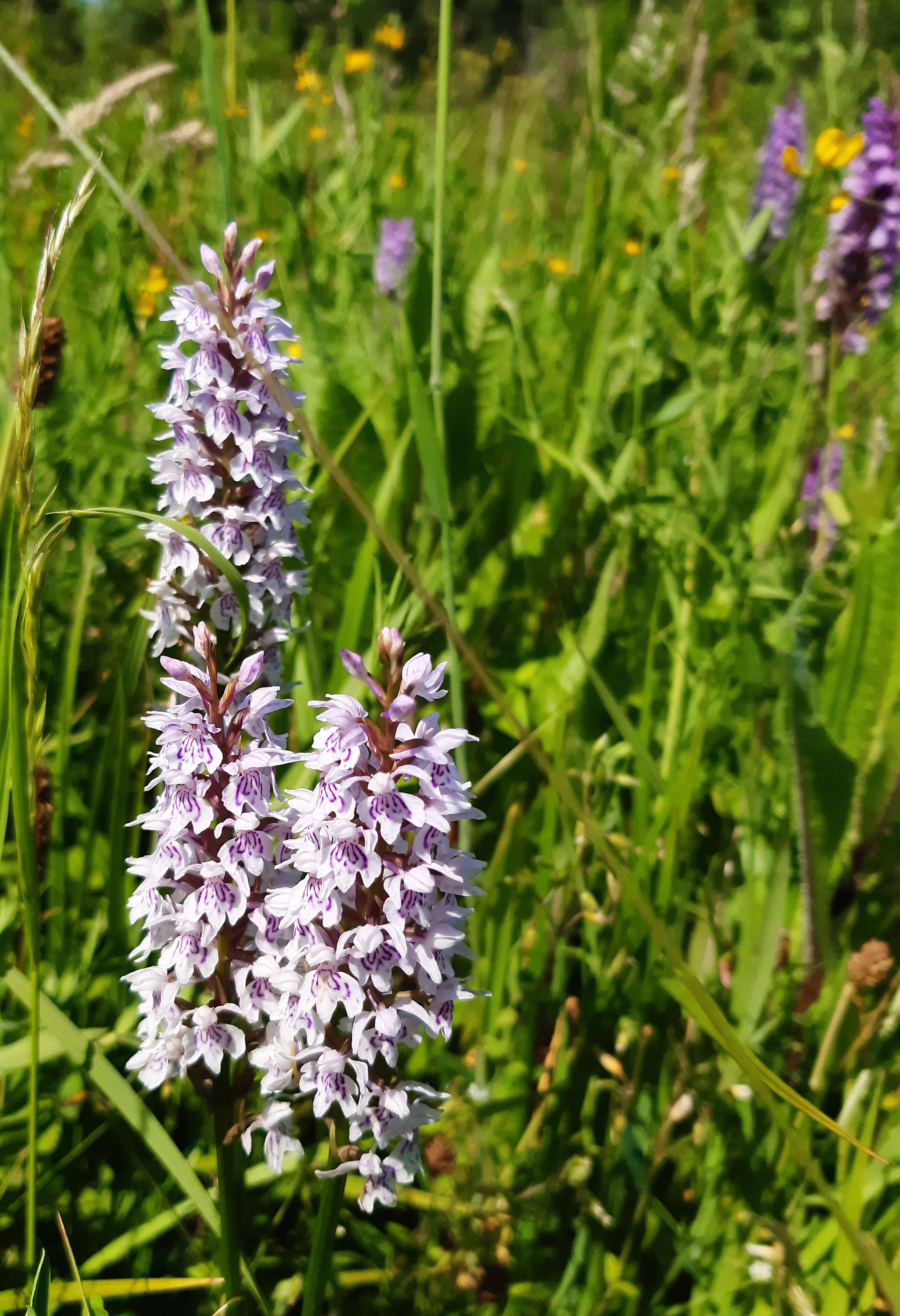
There were only a few butterflies about – a Red Admiral, a Holly Blue, a couple of Speckled Wood, some Whites, a female Brimstone. For me, the bees and pollinators looked well down on normal, too. Amidst the warmth of the day, the beauty, the peace, and the brilliant colours, it is a sombre tale of decline.

